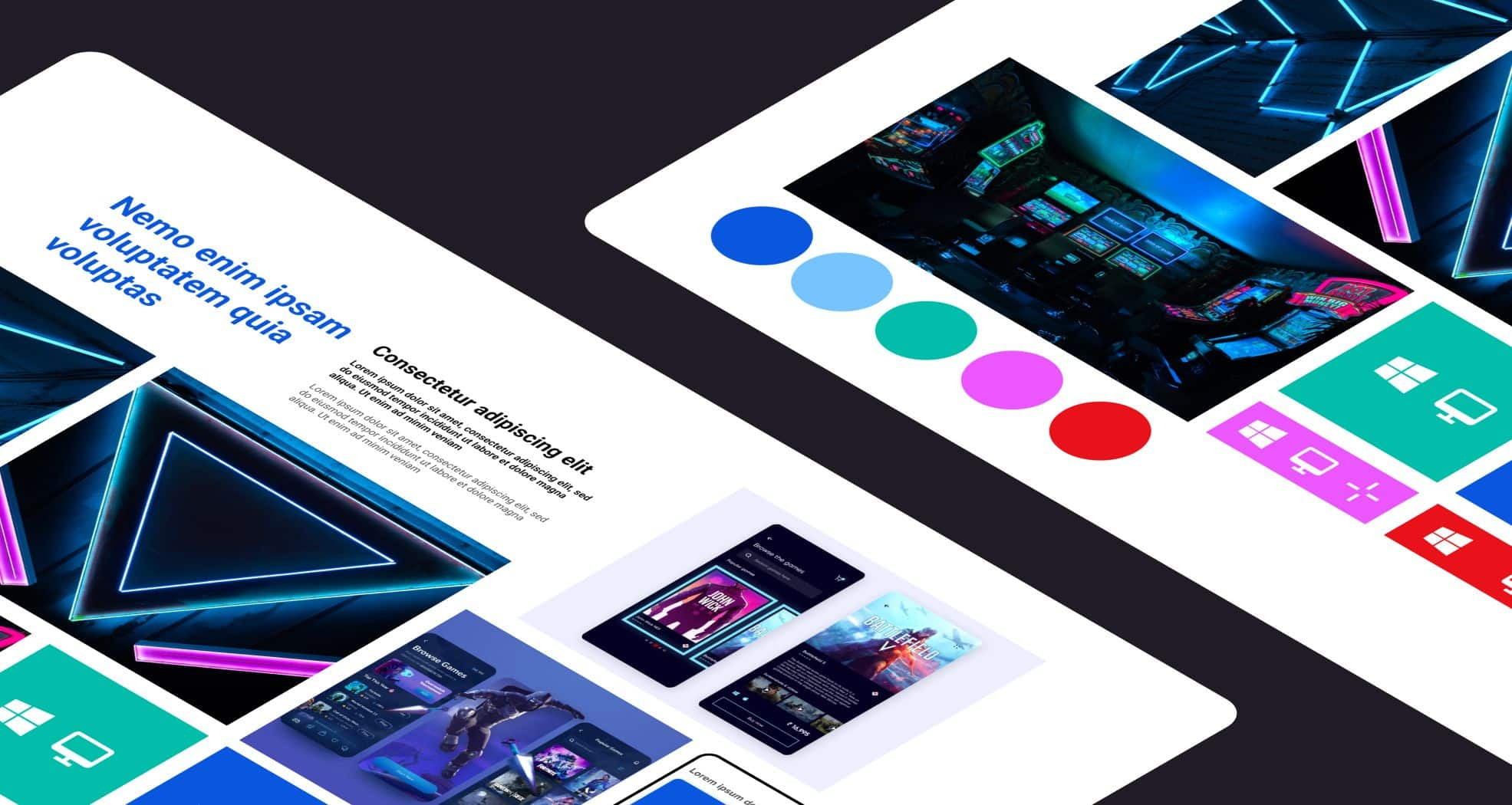Why Designers need Mood Board to Communicate Better
As designers often say, words fail to translate the design concepts whereas a mood board is worth a thousand words! Here you will find what is a mood board and how it helps designers communicate their ideas in a better way.

Building a product doesn’t happen overnight. Data analysis, internal interviews and much more go into the process of creating a product. Beyond all the hard facts, there is another very important aspect of product creation and that is the visual framework.
If you are a designer, you've probably seen cases where we spent endless hours building a pixel-perfect user interface only to have it rejected by clients/stakeholders because it wasn't what they had in mind. You are returned, and both your ego and your budget suffer as a result. Only after this do you realise how important it is to involve clients and stakeholders in the early stages of design.
Also, you know that finding inspiration for your projects is one thing. It's entirely different to organize it and turn that inspiration into a more cohesive base for creating a design that wows clients and users.
The solution? Mood boards.
So, what's a mood board?
A mood board is a collection of visual materials that evoke a certain style or concept. Designers, illustrators, photographers, filmmakers and all types of creative professionals create mood boards to communicate the "feel" of an idea. They can be a powerful starting point in a creative project—a visual reference for the team and a springboard for new ideas.

The mood board is the holy grail of the design process.
Why make one?
- Mood boards are an important element of any design process, whether you're creating an app or organising your wedding. Everyone on your team should be able to see how the final result fits into their unique vision for it. It is critical to show everyone how the final product will appear so that they may add ideas early in the process rather than waiting until the last minute when everything is finalised!
- Once you have shown your vision, your concept, your ideas to everyone on your team, the mood board helps you focus on a design direction. It allows you to get feedback from your team, stakeholders, or clients early on in the process so that everyone's expectations are aligned before starting any heavy lifting (like wireframing). A well-designed mood board can really help people get excited about an idea without having to do much work upfront. It also gives them something concrete to talk about when talking with others who might be involved in the project down the line (i.e., other department heads at their company).
- We know the importance of involving the clients and the stakeholders in the early stage of design process. Mood boards are an easy way to keep your style and aesthetic consistent and on track with the client’s goals and expectations. Most clients are confused when designers use adjectives like "Realism" "Traditional" "Clear" "Blur" and "Fluid" to describe their designs. But if you show them a Mood board, they go “Aha! I understand now”. By showing them the mood board, they understand what your ideas are. It allows you to visualize and communicate the direction of a project in a way that helps clients and stakeholders understand what they’re buying into and what they’re paying for.

Mood boarding has proven to be a very effective tool in my design process
The best designs are ones which enhance life and make things easier for people – especially products which solve problems. So when I sit down to start a new project, one of my first steps is always to find inspiration that’ll help me get into the right headspace for creating something awesome. Mood boarding has proven to be a very effective tool in my design process. It helps me to visualize the theme and style of each project I take on, as well as keep my design brief focused on achieving the goals set out by the client. This is especially helpful when working remotely with clients who are unable to visit in person. In addition, having everything visualized creates a common vision for everyone involved in creating their brand identity—from content writers to marketing managers!
I hope you enjoyed the blog post and feel inspired to start making your own mood boards!
Want more insights and expert tips? Don't just read about Design! Work with the design team at Codemonk and experience it's effective use case firsthand!

